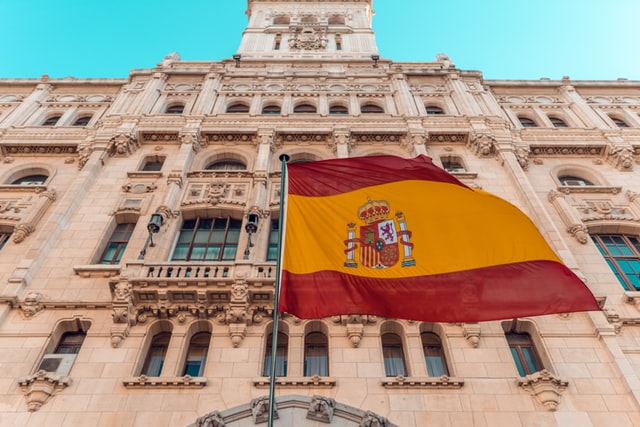Spanish Politics Explained
If you’re interested in Spanish politics, you’ve come to the right place. This country is a parliamentary democracy with a constitutional monarchy. There are also 17 autonomous communities, four-party systems, and a large number of deputies. But what exactly is Spanish politics? What are its main differences? And how do its various branches work together? Let’s find out! Here are some basic facts to help you understand how the country runs.
Spain is a constitutional monarchy based on a parliamentary democracy
The government of Spain is a parliamentary constitutional monarchy guided by a 1978 constitution. Spain has a king as its head of state, and the king is also the commander-in-chief of the armed forces. However, kings rarely have major governing roles, and they are often removed or replaced by their daughters. Spain’s government is decentralized, with the government divided into seventeen autonomous communities and two cities, each with its own local and regional governments. The state, however, maintains overall sovereignty and the constitution.
It has 17 autonomous communities
Spain’s political structure includes 17 autonomous communities. The 17 are: Castilla-La Mancha, Galicia, the Basque Country, the Valencian Community, Castile and Leon, Asturias, La Rioja, the Region of Murcia, the Canary Islands, and Extremedurura and Bale Islands. Each has a distinct language and political system. Although each community is self-governing, they have the power of a province or municipality.
It has a four-party system
Spain’s legislative branch, the Cortes Generales, is divided into two houses, the lower chamber known as the Congress of Deputies and the upper chamber, known as the Senate. The lower chamber has 350 members and is elected directly, while the upper chamber is composed of 58 members chosen by autonomous communities. Both chambers are governed by a parliamentary system and members serve four-year terms.
It has a large number of deputies
In Spanish politics, the Senate is the upper chamber of the national parliament and consists of 265 members. 208 of these members are elected directly in general elections, while the remaining 57 are appointed by regional legislatures. The Spanish Constitution grants all citizens the right to vote, but the practice was banned under the Franco dictatorship. It was reinstated in 1977, as part of Spain’s transition to democracy. All Spaniards must be registered to vote to represent their interests in the Spanish parliament.
It has a secret ballot
The electoral laws of Spain apply to all elections and referendums. Any Spaniard can vote and run for office once he or she reaches the age of eighteen. Unless a candidate is a member of a political party, he or she cannot be elected to office. In general, however, Spanish politics has a secret ballot. The secret ballot process is based on a system called direct democracy.

